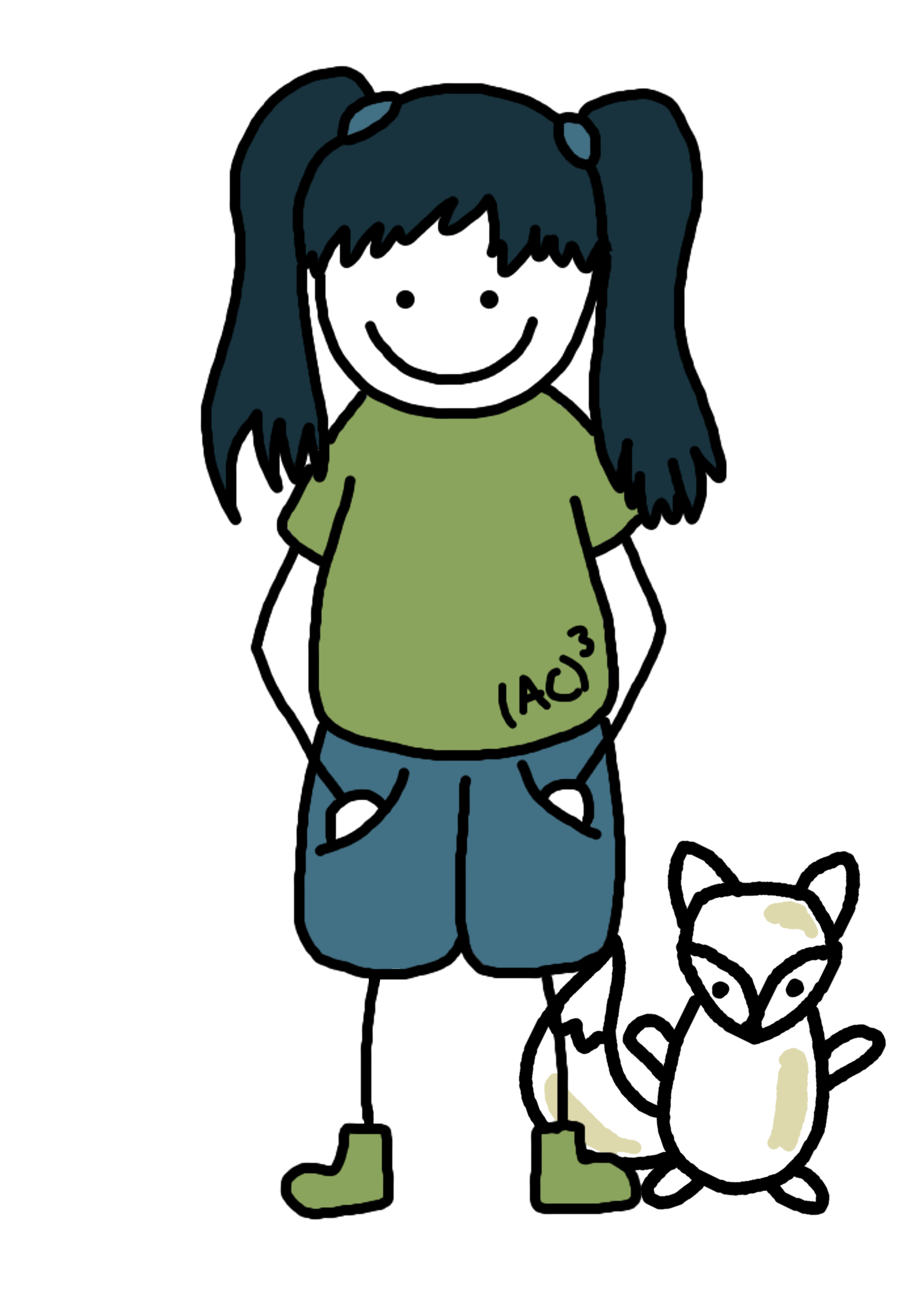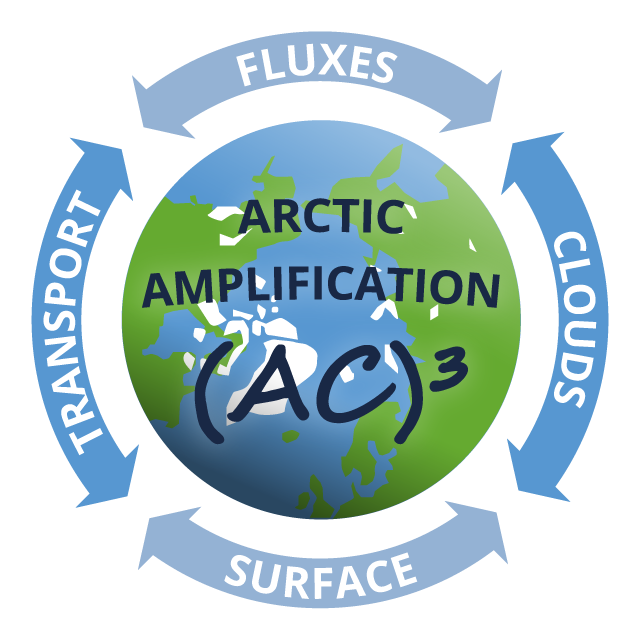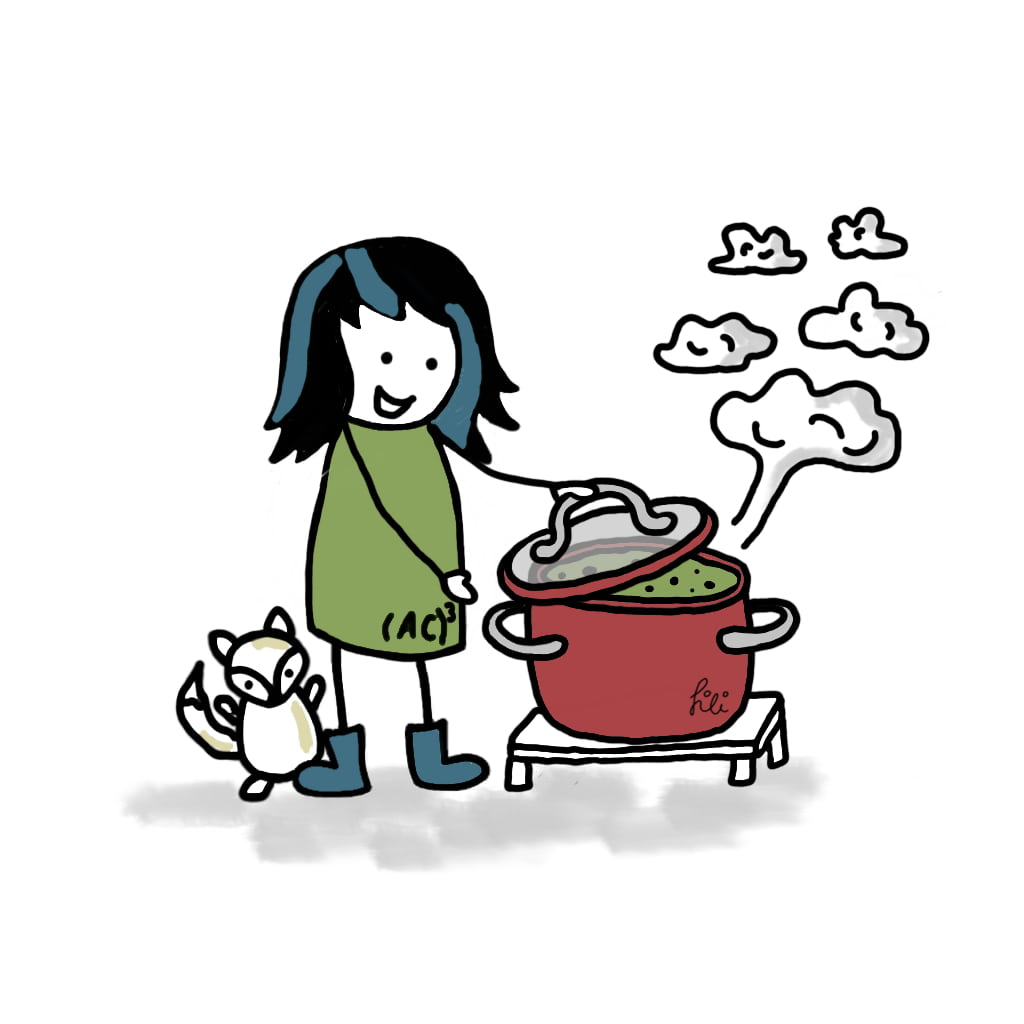How are clouds formed?
I recently learned that there are different types of clouds at different altitudes. Now I want to know more about how clouds are formed. I know that clouds consist of water droplets or, if it is cold enough, ice crystals. Therefore, I believe that there must be enough water in the air for a cloud to form. But is that sufficient? I’d better check with cloud researcher Nina Maherndl, who certainly knows her stuff. Nina explains:
Water vapor enters the air when water on the earth evaporates due to the sun’s heat. This means that a small amount of water from lakes, rivers, or damp soil is constantly being converted into water vapor.
The air can absorb a certain amount of water in the form of water vapor. Sometimes the air feels really humid, for example in the tropical house at the zoo. But humid air, i.e., air with a lot of water vapor, is not enough on its own for a cloud to form.
Clouds usually form when air rises and cools down. Cold air can hold less water vapor than warm air. Then the water vapor wants to turn back into liquid water, which is called condensation. This generally only works if there are enough small particles in the air for the water droplets to “stick” to. These particles are called cloud condensation nuclei. They are so small that they cannot be seen (a hair is more than 10 times thicker). They enter the air both naturally (for example, salt particles from the sea or dust particles from the ground) and through human activity (for example, soot particles from car exhaust).
Once water droplets have formed, they can continue to grow as long as there is sufficient moisture. When the droplets are large enough and there are enough of them, we can see them, and they become clouds. If the droplets continue to grow, they eventually become so heavy that they fall out of the cloud, and it rains.
However, clouds can also dissipate without raining, for example when the droplets evaporate back into water vapor due to the air warming up.
Phew, that sounds pretty complicated. The “recipe” for clouds could be summarized as follows: Take moist air, add small particles, and cool the air.
Nina recommended a video to me about an experiment by Entdeckerlab that illustrates this well. In it, a cloud is created in a plastic bottle: CLICK HERE. Incidentally, in the video, the temperature decrease is created by the sudden decrease in pressure when the plastic bottle is squeezed and then released.



